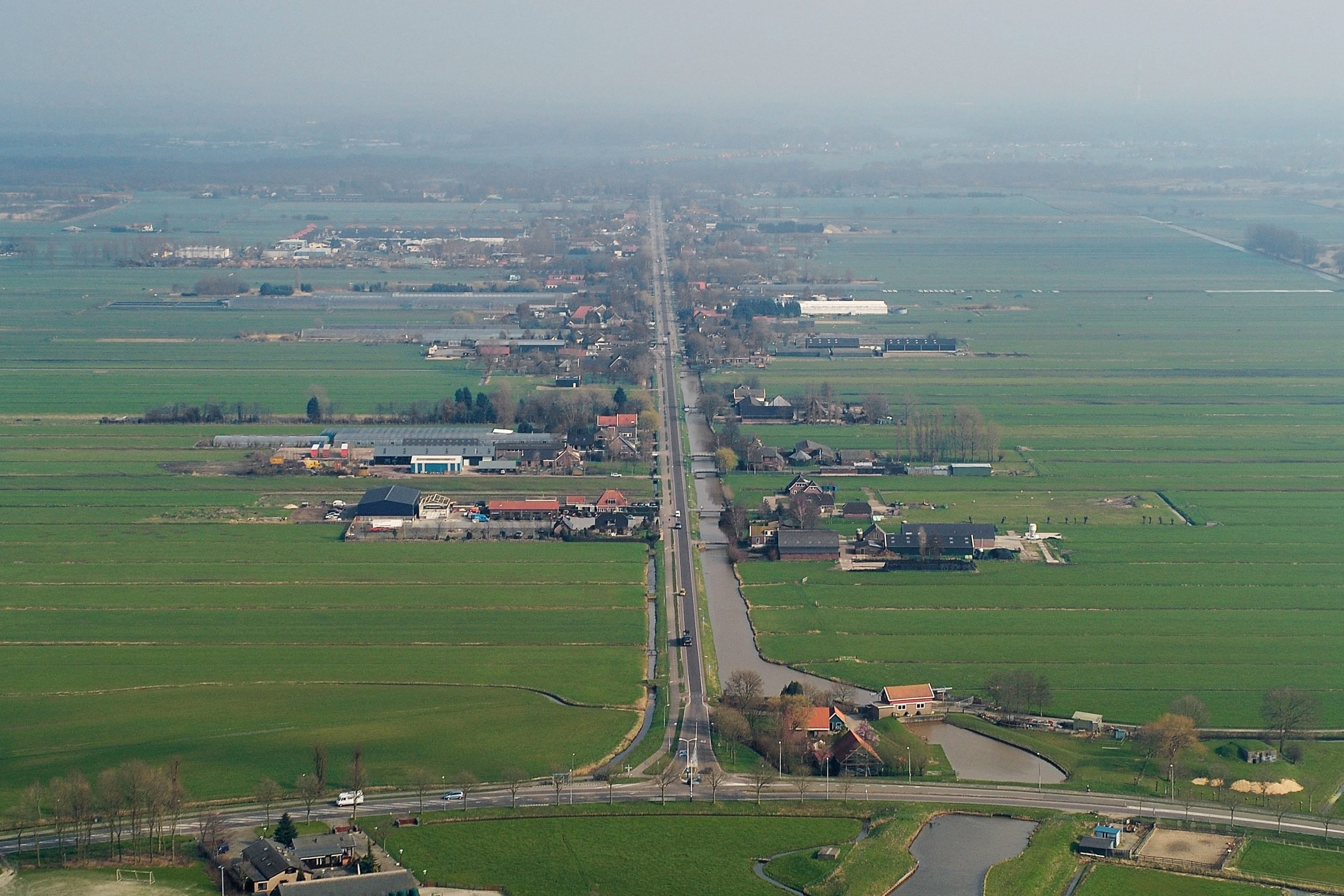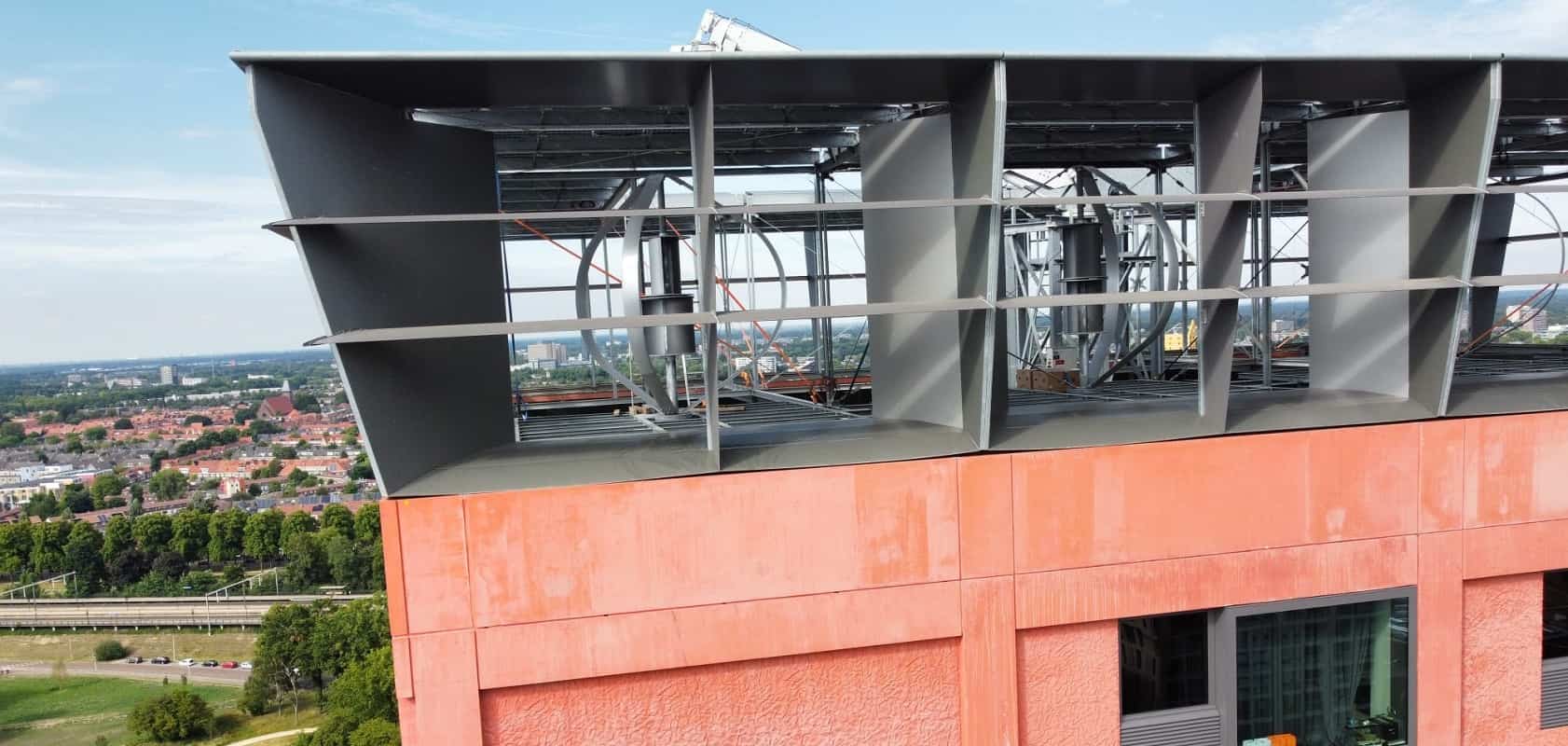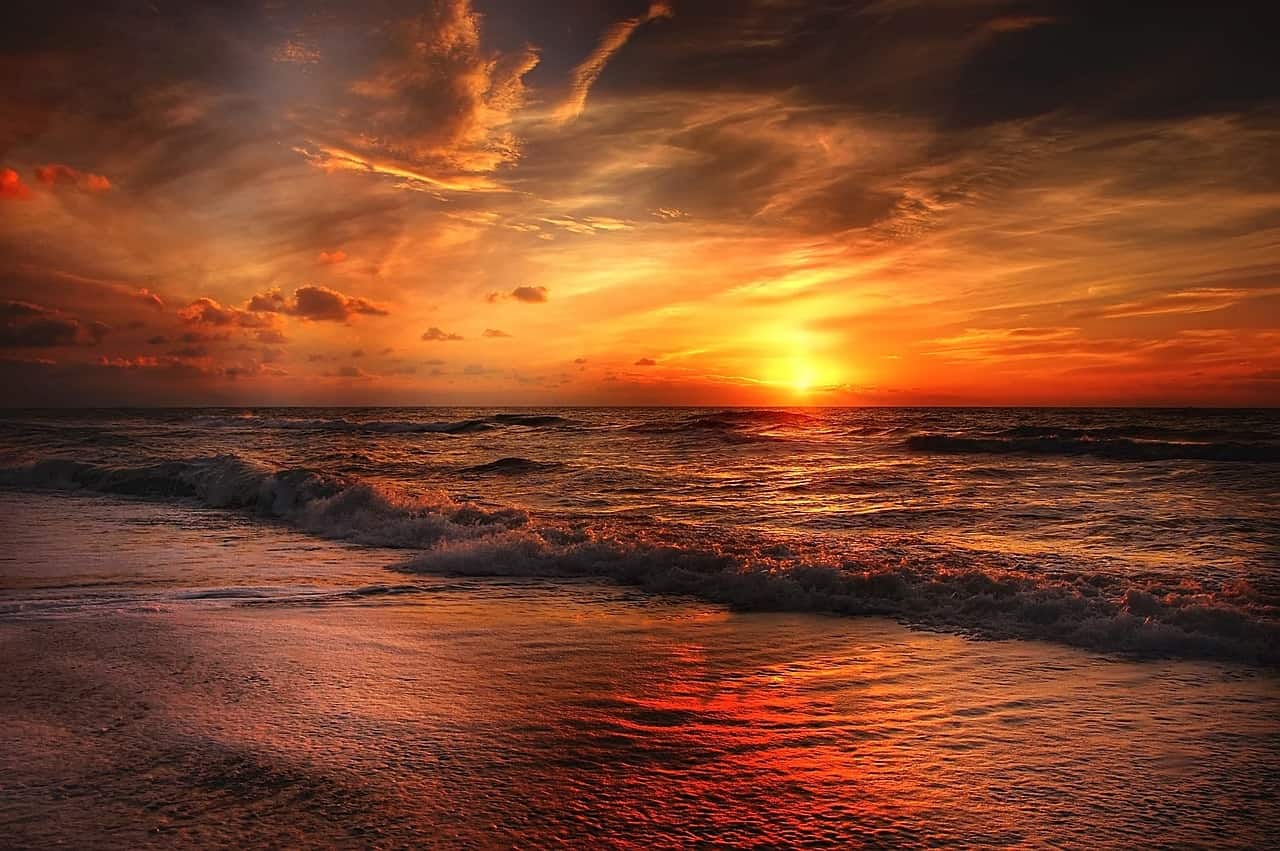
Brackish water might be a solution for meeting the growing demand for drinking water and help improve water management. A number of pilots are currently taking place in the Netherlands (Dunea, a Dutch water supply company) and in Flanders, Belgium which are being subsidized with European money. Frank Smits is involved with one of these pilots at Waternet, an Amsterdam-based water supply company in the Netherlands. He is hoping to gain his Ph.D. through this pilot.
A growing population implies an ever-increasing consumption of water. Add to this climate change that leads to drought among other things, and the need for good water supply is only intensifying.
That is why several projects are underway in the Netherlands that focus on the extraction and desalination of brackish water. Until recently, this was an unthinkable source of drinking water. This may change as a result of progressive insights. Improvements in water treatment techniques and increased demand make brackish water a realistic complement to existing sources.
River water versus brackish water
Brackish water is not suitable for consumption due to its somewhat salty character. Although, it may serve as a good source after it has been desalinated, provided it is pumped up from great depths. Then it is not contaminated with substances such as medicine residues and pesticides. Which is the case when river water is used for the treatment of drinking water.

In the pilots conducted by Dunea (drinking water) and Waternet (drinking water, sewage, and water management), water is pumped up with filters and desalinated via membranes. The technique is reverse osmosis. It is a process whereby water is pressed through a very fine membrane under high pressure. This allows water to pass through while salt particles are left behind. After processing, a portion remains that can be used for drinking water (permeate). The rest consists of unwanted concentrate which contains all the dissolved substances from the brackish water.
Scheveningen freshwater bubble surrounded by brackish water
Dunea, together with the KWR water cycle research institute, circular innovator Allied Waters, and Belgian drinking water companies De Watergroep and IWVA, recently signed a subsidy contract with the EU. Three million euros is available for this innovative research into brackish groundwater extraction and treatment, which has been dubbed the Freshman project.
“A freshwater bubble lies beneath the dunes near Scheveningen, surrounded by a layer of brackish water,” says spokesperson Nicole van Veldhoven. ” You achieve two things by extracting that brackish water. Firstly, we are going to try to convert it into drinking water. Secondly, this will create more space for freshwater, which will allow us to store more freshwater. We can make good use of that in times of need.”
Freshman will run for five years. Brackish water is an additional, welcome source for Dunea. Van Veldhoven: “We need more wells and preferably closer to the dunes too. Owing to various factors, our water supply is becoming more and more vulnerable. Take the effects of drought and heatwaves or unexpected contaminants that force us to stop supply to and from the dunes. Or construction initiatives that clash with our vital infrastructure.”
Desalination of brackish water close to shore
And the arrival of thousands of more homes brings with it an ever-increasing pressure on the water supply. That is why Dunea has started looking for new and sometimes unconventional sources, says program manager Gertjan Zwolsman from Dunea. “Eventually, we ended up at the Valkenburg Lake near our supply area and brackish groundwater. This can be found, for example, under the dunes where Dunea is already extracting water.”
According to him, the advantage of brackish groundwater in the dunes is that it is well protected by environmental legislation. “You can also extract brackish groundwater from the polders, but there are far fewer protections against pollution there.”

Van Veldhoven has this to say about the wider applications: “The technique could be applied in a lot more places. Because the entire coastal stretch features gradations from freshwater to saltwater. How many opportunities there are to extract and turn it into drinking water is another matter. In any event, the Freshman pilot is being reproduced in Avekapelle, on the Belgian coast.”
Water network: Taming brackish seepage
For Waternet, the Horstermeerpolder is a pilot area for the extraction of brackish water. The growing number of buyers of drinking water necessitates creativity. While Waternet emphasizes that collecting brackish water for producing drinking water helps to properly manage surface water.
At Waternet the pilot is called ‘Temmen van brakke kwel ‘ (Taming of brackish torment), and will cost several million euros. This pilot will take three years to prove that the combination of techniques for pumping up brackish water, purifying it, and safely processing the residual products will be viable. And this without any undesirable side-effects for the environment, such as lowering the groundwater level around the wells.
Frank Smits is the pioneer in this. The idea of brackish water as a source for drinking water was dismissed as ‘hopeless’ ten years ago, he says. Smits wants to graduate with a doctorate on the subject at TU Delft.
Waternet can carry out the trial thanks to the Amstel, Gooi, and Vecht Water Board and the municipality of Amsterdam, for whom it is carrying out this water assignment. The Province of North Holland is also contributing to the tune of €465,000. Scaling up would need tens of millions of euros.
Smits explains why desalination of brackish water is now being taken seriously. Apart from the mounting pressure due to population growth, this is a more effective technique. “In the past, it would have been far too expensive to desalinate this water, but nowadays a large number of facilities are being built all over the world for this purpose. It’s getting cheaper and cheaper”.
Five million cubic meters of drinking water
Waternet points out that improving surface water management is another important goal. The polder has brackish water, while the other polders and nature reserves in the area have freshwater. The problems would partly disappear once the brackish water in the Horstermeer polder is collected and can no longer reach the surface water.
Waternet expects to pump up to six million cubic meters of brackish water annually, if the pilot yields good results. Between three and five million cubic meters of drinking water can be extracted from this. The pilot should show what treatment yields are achievable.
Smits looks further than just his own region or the Netherlands. He believes that extracting brackish groundwater for the supply of drinking water can be interesting for every delta in the world.
Salty residual brackish water goes straight to sea
In both cases, where Dunea and Waternet are concerned, the question is what happens to the residual saline stream (the concentrate). Dunea argues that desalination is best done as close to the coast as possible, because the saline waste stream can then be discharged into the sea relatively easily. It should be noted, however, that a governemental policy still needs to be in place for this.
Zwolsman: “Because I foresee that many more parties will use brackish groundwater as a source in the future. Not only for drinking water but also for industrial water. You can make industrial water from brackish groundwater, but you have to be able to dispose of the residual saline products in a responsible way.”
Waternet wants to take the leftovers to the Weesp sewage treatment plant and discharge them into the Amsterdam-Rhine Canal after the aeration and iron removal processes have been completed. There the salt in this fractional amount will wind ts way to the North Sea via the IJ and the North Sea Canal.
The water companies still have to navigate a few more shoals before brackish water becomes a reality as a source of drinking water. Smits, for example, wonders what the impact will be on the (lowering of the) groundwater level and how large the yields will be.








